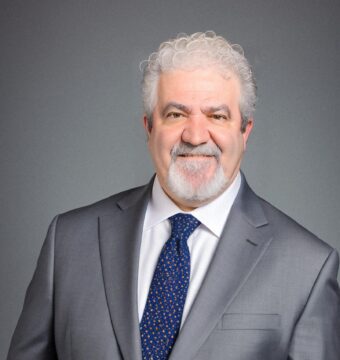
Louie Puentedura
PT, DPT, PhD, OCS, FAAOMPT, CSMT, TPS
Musculoskeletal, Pain Science
Nothing excites me more than seeing DPT students blossom into career long learners with a deep seated passion for the profession."
Bio
Dr. Louie Puentedura is a Professor in the Department of Physical Therapy at Baylor University. He is a seasoned clinician, having completed a Bachelor of Applied Science in Physiotherapy (1980) and a Graduate Diploma in Manipulative Therapy (1983) from La Trobe University in Melbourne, Australia. Since arriving in the USA, he completed a post-professional Doctorate in Physical Therapy (2005) at Northern Arizona University in Flagstaff, Arizona, and a PhD in Physical Therapy (2011) at Nova Southeastern University in Fort Lauderdale, Florida.
Dr. Puentedura has been an ABPTS board-certified Orthopaedic Clinical Specialist and a Fellow in the American Academy of Orthopaedic and Manual Physical Therapists for four decades. He completed 10 years on faculty as Associate Professor of the Doctor of Physical Therapy Program at the University of Nevada in Las Vegas, before moving to Baylor University in 2017. Dr. Puentedura has taught physical therapists and physical therapy students for more than 40 years and has published more than 100 scientific papers since 2010.
Dr. Puentedura has received several awards including the Rose Excellence in Research Award from the Orthopedic Section of the American Physical Therapy Association (twice), the John Medeiros Award from the Journal of Manual and Manipulative Therapy.
Current Roles:
- Faculty, EIM
- Foreign Credentialing Commission on Physical Therapy, Board Director
- Clinical Professor, Doctor of Physical Therapy Program, Baylor University
Research:
- Immediate Effects of Mirror Therapy in Patients With Shoulder Pain and Decreased Range of Motion
- Development of a Clinical Prediction Rule to Identify Patients With Neck Pain Likely to Benefit From Thrust Joint Manipulation to the Cervical Spine